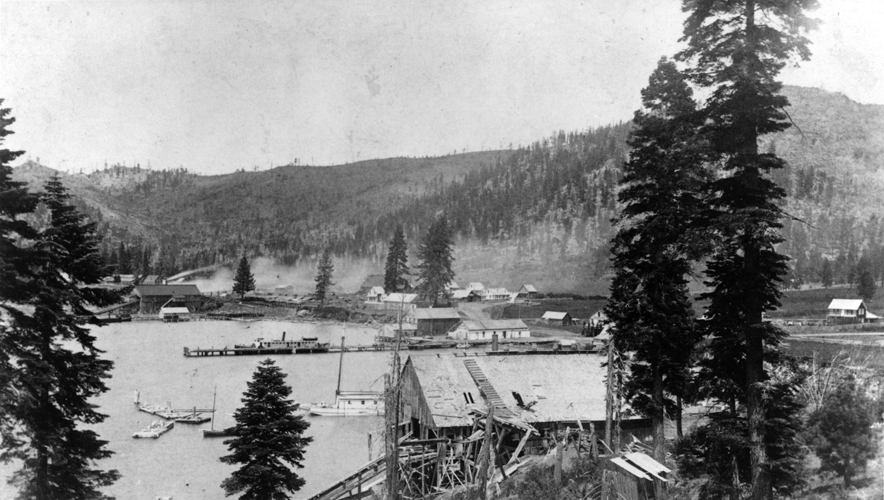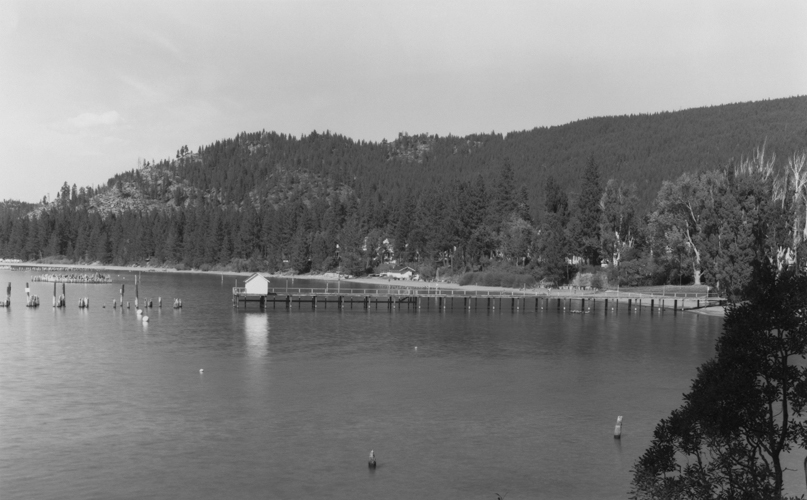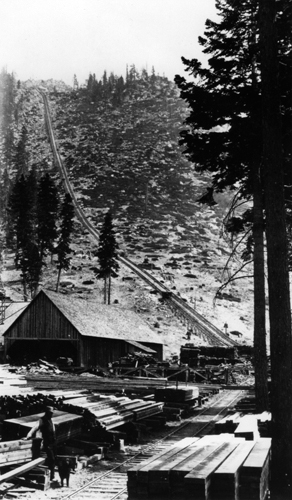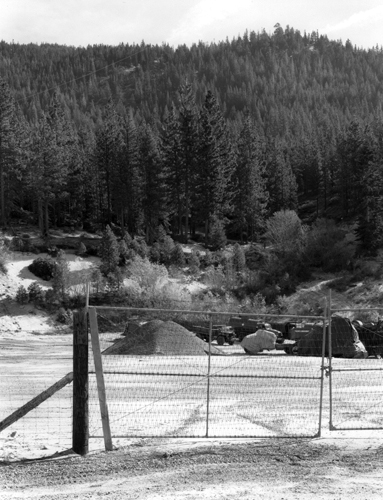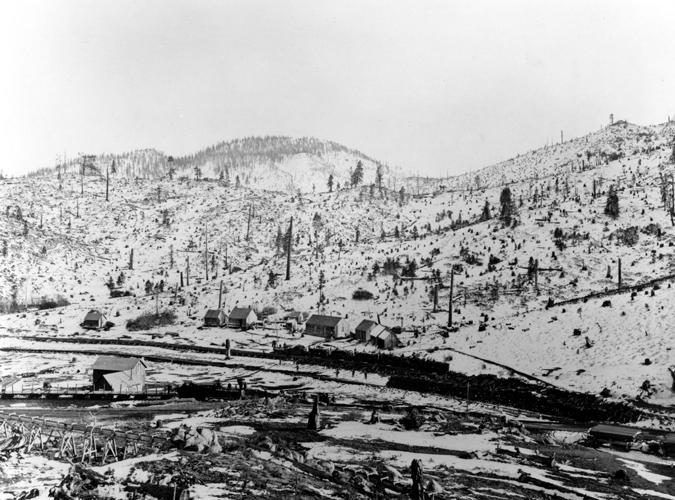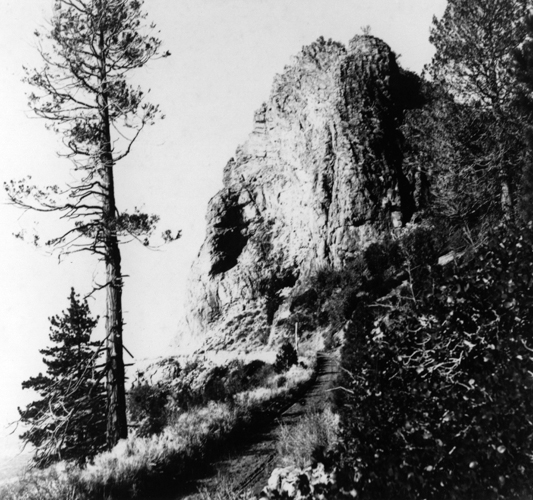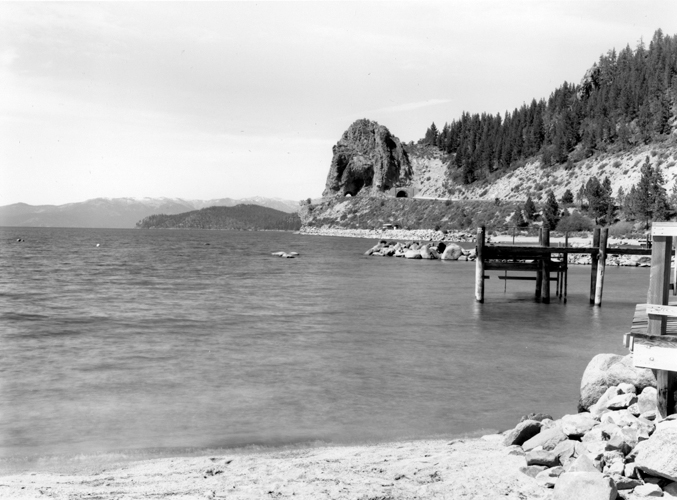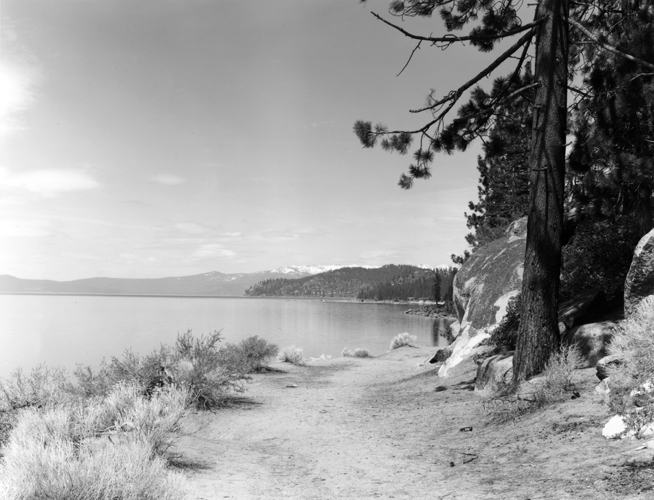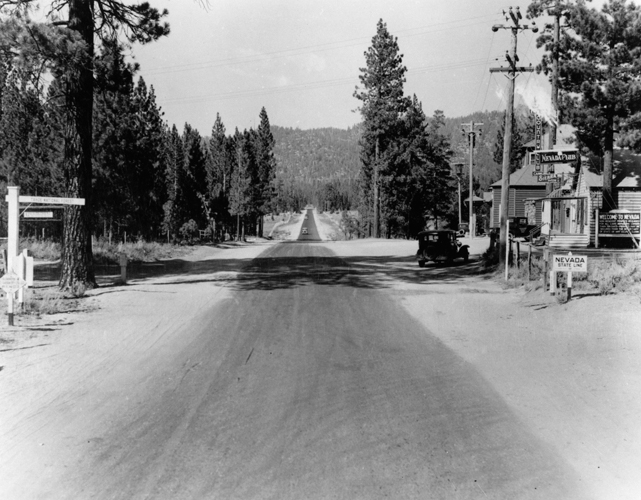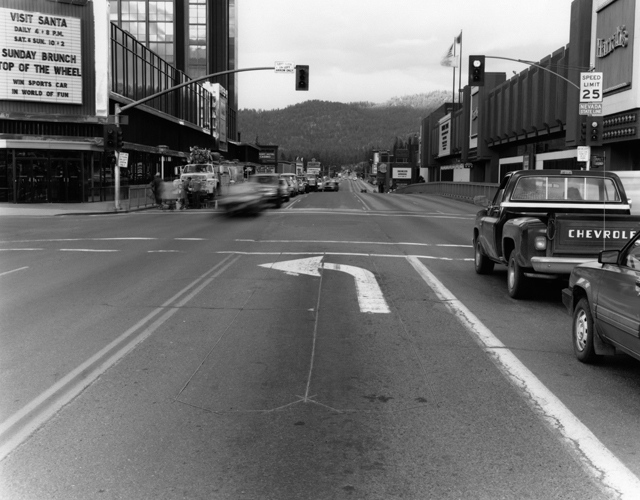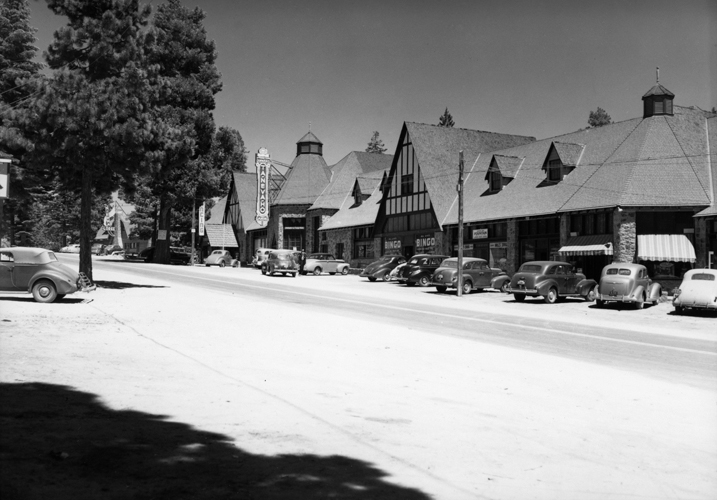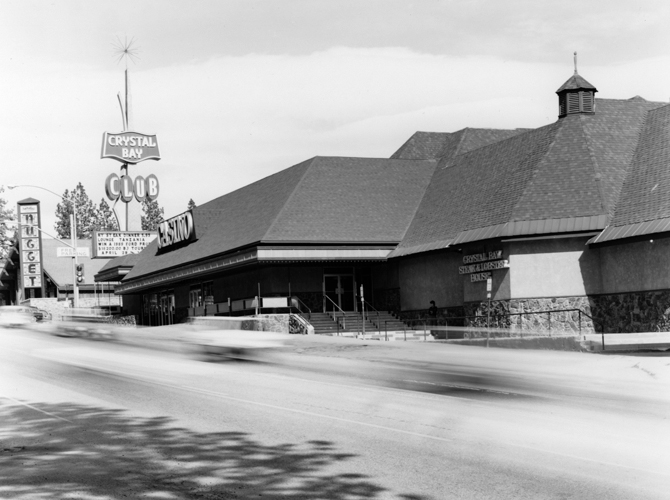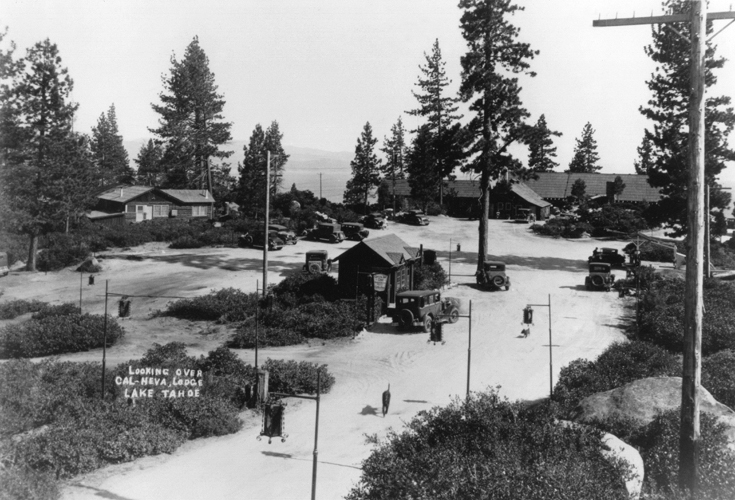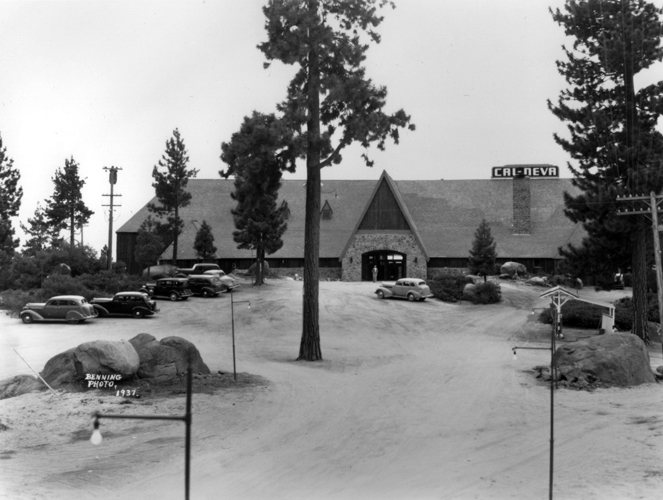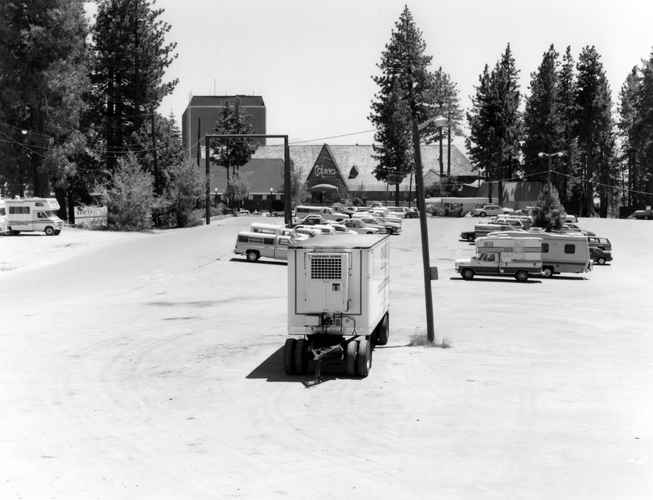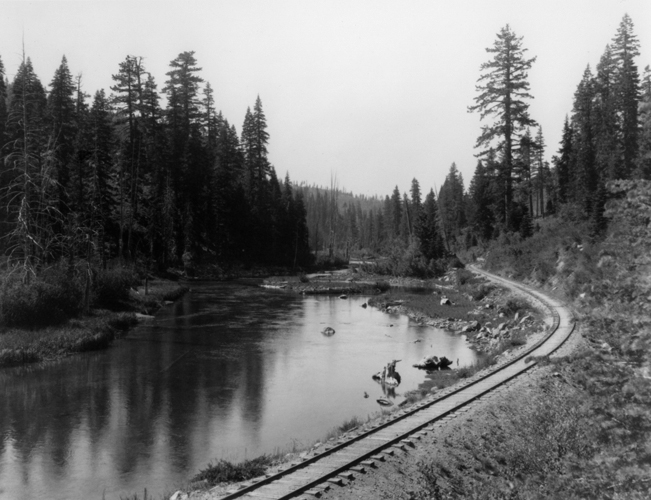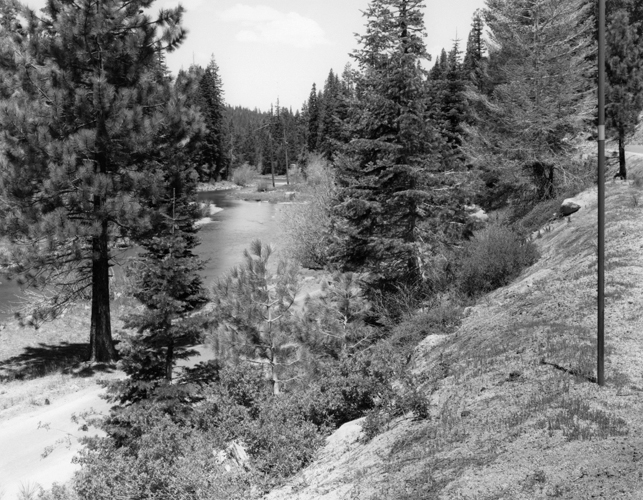Stopping Time -- A Rephotographic Survey of Lake Tahoe by Peter Goin
Lake Tahoe is one of America's most pristine, beautiful alpine Lakes. Nestled in the Sierra Nevada Mountains at 6,229 feet above sea level, the lake is renowned for its crystal clear water and scenic splendor. Surrounded by the Eldorado, Toiyabe, and Tahoe National Forests, Lake Tahoe is one of the deepest lakes in North America -- 1,645 feet deep and covering 193 square miles. Currently supporting nearly 250,000 people, the watershed at Lake Tahoe provides nearly 85 percent of the water for northern Nevada and the Truckee-Donner area.
Lake Tahoe has also become an important symbol for issues dealing with land and water use, resource management, urban growth, and landscape perception. Clearly abused during the nineteenth century, Lake Tahoe has made a dramatic return to the scenic designation it deserves. Yet as the second-growth forests mature, new problems are challenging the Tahoe basin's identity. Lake Tahoe is now threatened by urban sewage and motorized boat traffic. Dramatically over-harvested, Lake Tahoe's fish population has yet to return to its pre-settlement abundance. Ever-increasing demands on building confront the fragile eco-system. The hillsides are subject to increasing erosion, sending greater amounts of effluent into the lake.
Using photographs from a variety of national and local archives, Stopping Time offers comparative views of historical and contemporary photographs, providing a visual document of the evolving landscape within the Tahoe Basin.
The landscape at Lake Tahoe has been created and substantially managed since the logging industry marketed the basin's wealth. Urban areas, rivers and streams, and the topography have been constructed in an attempt to preserve the "ideal landscape." [Peter Goin]
All of the captions for the Stopping Time exhibit were written by C. Elizabeth Raymond.
Stopping Time: A Rephotographic Survey of Lake Tahoe. Goin, Peter, essays by Elizabeth Raymond and Robert E. Blesse. (Albuquerque: University of New Mexico Press, 1992).
